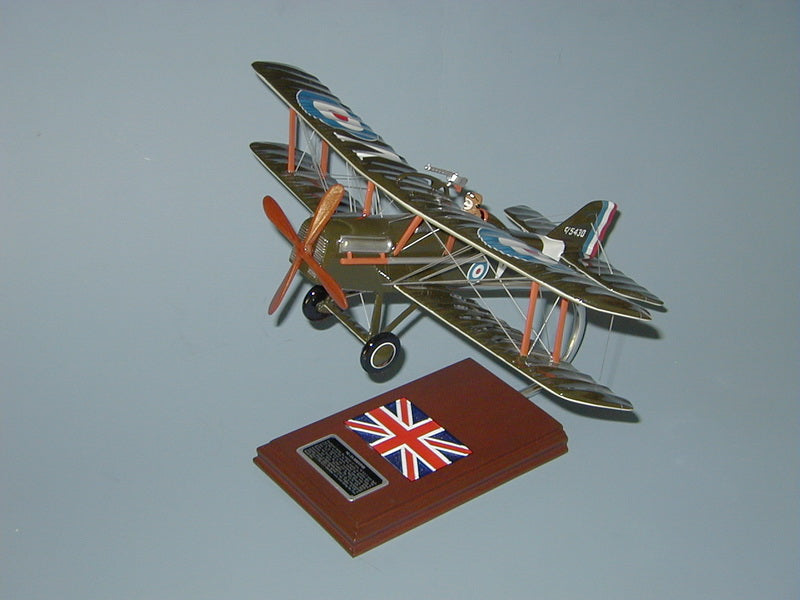Scalecraft
British S.E. 5 Airplane Model
British S.E. 5 Airplane Model
Regular price
$378.53 USD
Regular price
Sale price
$378.53 USD
Unit price
per
Couldn't load pickup availability
Description
Share


